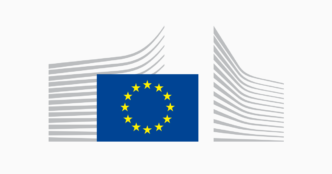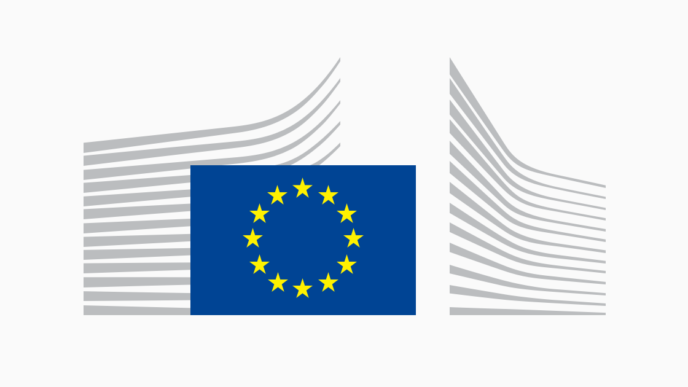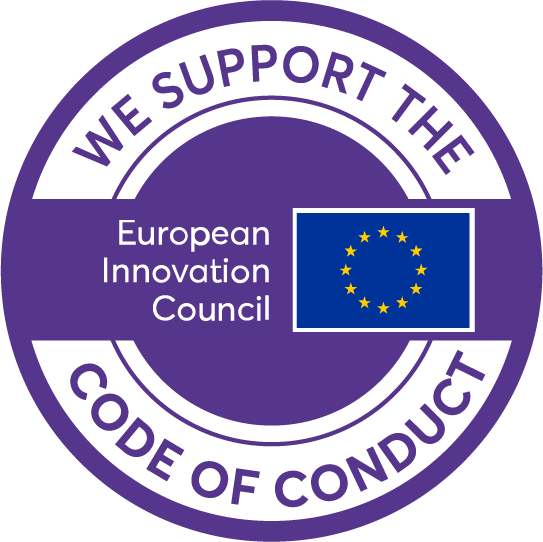The data reported by EU Member States by the deadline of 31 March 2025 show a 5% reduction in emissions in 2024, compared to 2023 levels from the reporting stationary installations and aircraft operators. With this development, ETS emissions are now around 50% below 2005 levels and on track to achieve the 2030 target of -62%.
The observed trend confirms the effectiveness and efficiency of the EU’s cap and trade system as an important policy instrument for the decarbonisation of the European economy.
Electricity generation – significant increase in the use of renewables
The most important driver for the decrease in EU ETS emissions has been the power sector, with emissions from electricity production having been reduced by 12% below 2023 levels. This reduction is due to an increase in electricity production from renewables by 8% and nuclear by 5%, coupled with a decrease in gas by 8% and coal by 15%. The main drivers of the increased electricity production from renewables have been solar (by an impressive 19%) and hydropower. Wind-generated power remained steady in spite of less favourable weather conditions in certain periods of the year. The total production of electricity also remained consistent, with levels similar to 2023.
Industry – emissions stayed stable
The emissions of energy intensive industry continued to be on average stable. There are, however, differences between sectors. Emissions in the fertilizer sector increased, for example, by 7% while emissions in the cement sector decreased by 5%. These changes seem to be mainly the result of changes in production volumes. The fertilizer sector is partly recovering, growing its production by 6% in 2024, while the cement sector experienced a 5% reduction in production.
Aviation – emissions rise
Aviation emissions covered by the EU ETS rose compared to 2023 by around 15%, in part due to the broadening of geographical coverage (re-inclusion of non-domestic flights to and from airports in outermost regions).
Maritime – first reporting of emissions under the ETS
In 2025, shipping companies are reporting verified emissions under EU ETS for the first time after the system was extended to maritime transport on 1 January 2024. The reporting is still on-going.
This builds on the monitoring, reporting and verification of maritime emissions in place since 2018. As of 1 April, shipping companies have reported around 72 million tCO2 under the EU ETS scope in the maritime reporting IT tool (THETIS-MRV). Of these, around 40 million tCO2 have already been reflected in the EU ETS Registry.
The evolution of maritime emissions in 2024 was influenced by the impacts of the Red Sea crisis on maritime traffic but as the data collection is ongoing, the trend of emissions can only be reported as soon as the collection is completed.












